Are you into science and technology and are you looking for the best science museums to visit in Paris? These are the ones:
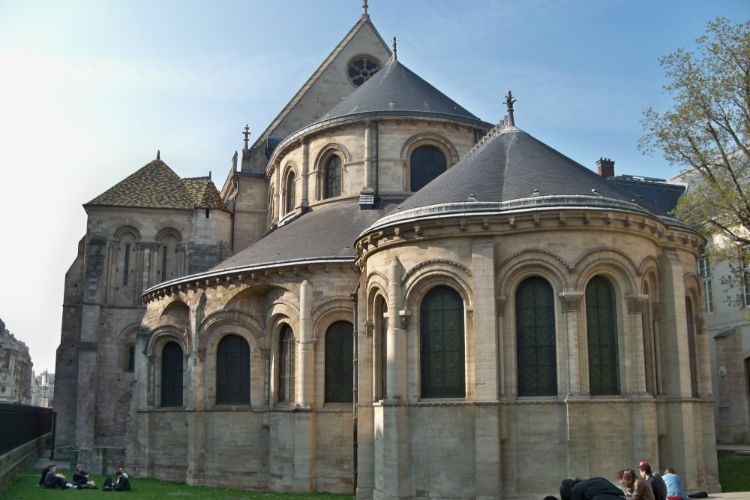
Musée des arts et métiers
ParisThe Musée des arts et métiers (Museum of arts and professions) is a museum in Paris that houses the collection of the Conservatoire national des arts et métiers, which was founded in 1794. The museum has a collection of more than 80,000 objects, of which 40,000 are exhibited in the museum, including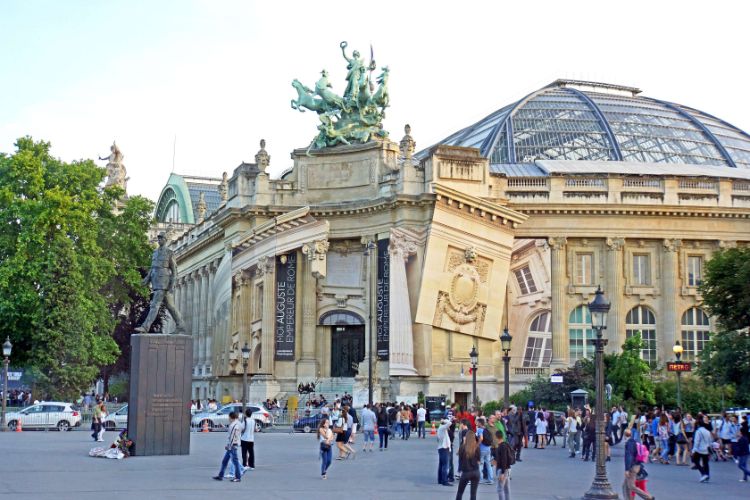
Grand Palais
ParisThe Grand Palais is a Beaux-Arts building that was erected for the 1900 World Exposition. Nowadays it houses many exhibitions beneath its huge Art Nouveau glass roof. The complex comprises of several separate galeries nationales (individual exhibition rooms) and also of the Palace de la Découverte,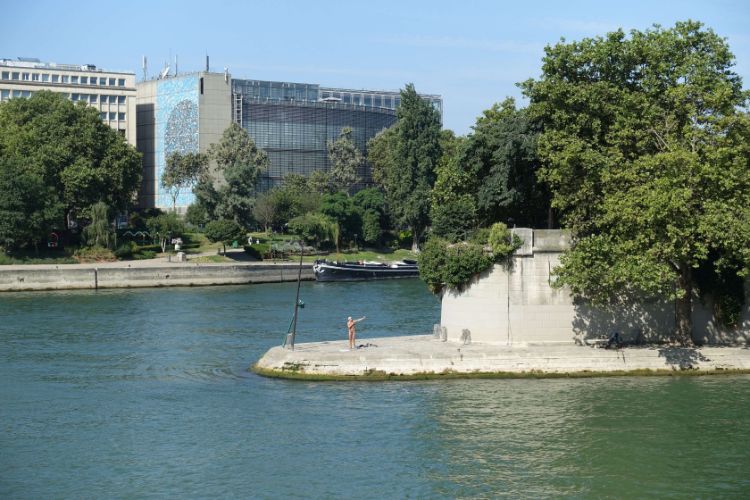
Museum of the Arab World
ParisThe institut du monde arabe (Institute of the Arab World) is a building and an organization in Paris. The building houses, among other things, the Museum of the Arab World and a library. It is part of the Grands Travaux which is the legacy of the presidency of François Mitterrand. The building was d
Palais de la découverte
ParisThe Palais de la découverte is a science museum in Paris that is housed in the west wing of the 19th-century Grand Palais. The museum was founded in the run-up to the Exposition Internationale des Arts et Techniques dans la Vie Moderne, which took place in Paris in 1937. There are permanent exhibits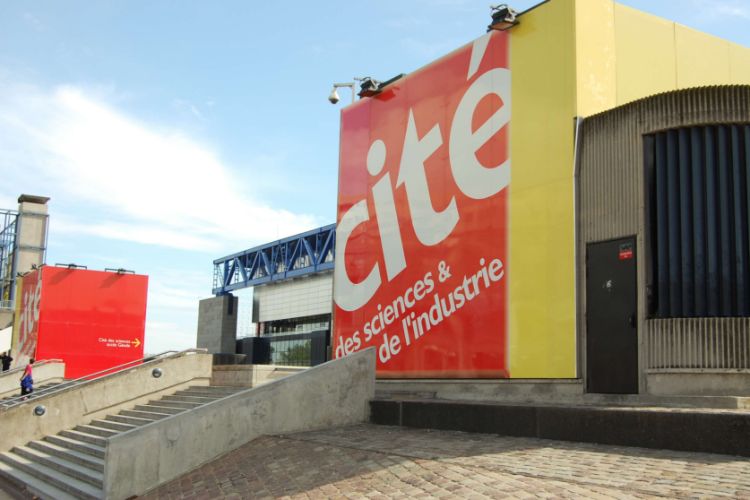
La Cite des Enfants
ParisThe Cité des enfants in paris is designed to accommodate children aged 2 to 12 at the Cité des sciences et de l'industrie. It is divided into two spaces: space for 2 to 7 years, and space for 5 to 12 years. The former space is a space for actively experimenting and exploring that offers a series of
Musée National de la Marine - Palais de Chaillot
ParisThe National Marine Museum is the national navy museum in Paris that was founded in 1827. The museum is currently located in the Palais de Chaillot where a collection is exhibited that has the collection of Henri Louis Duhamel du Monceau from 1748 at its core, who was a French physician, naval engin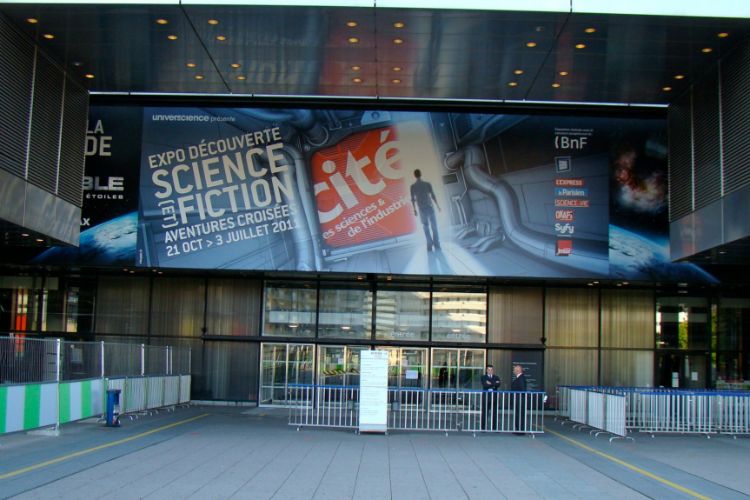
Cité des Sciences et de L'Industrie
ParisCité des Sciences et de L'Industrie is Europe's largest science museum, located in Paris. Cité des Sciences tries to promote science and uses interactive ways of spreading knowledge. Here visitors can explore some of the permanent exhibitions such as Light Games or The Great Story of the Universe. P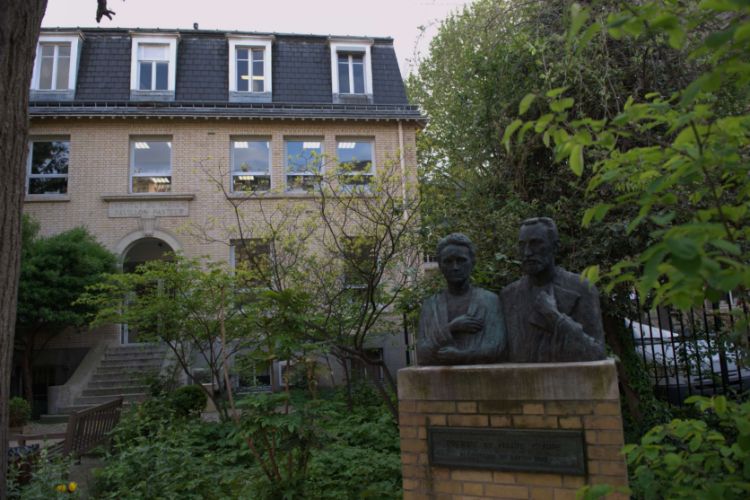
Musée Curie
ParisThe Musée Curie in Paris is a historical museum dedicated to radiological research. The museum is housed in the former laboratory of Marie Curie (a Polish and naturalized-French physicist and chemist who conducted pioneering research on radioactivity). The laboratory was built 1911-1914 and Marie Cu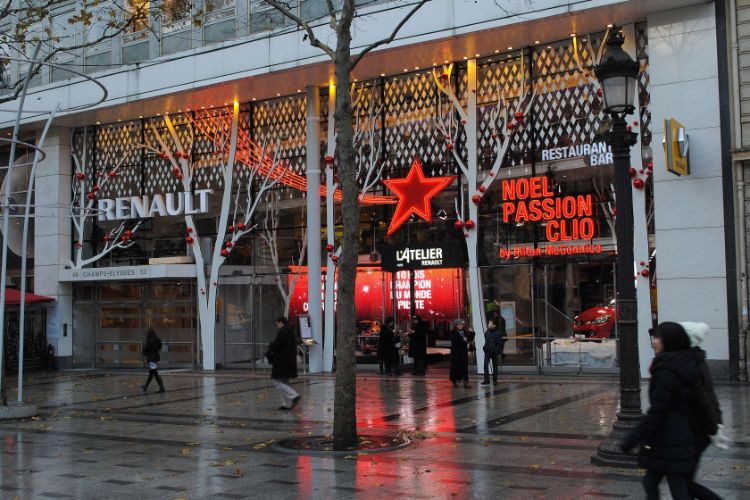
L'Atelier Renault
Paris
Gallery of Mineralogy and Geology
ParisThe Gallery of Mineralogy and Geology in paris is part of the French National Museum of Natural History, in the Jardin des plantes. The museum/gallery holds and exhibits a collection of old and important crystals, gemstones and minerals. The permanent exhibition of the Gallery of Mineralogy and Geol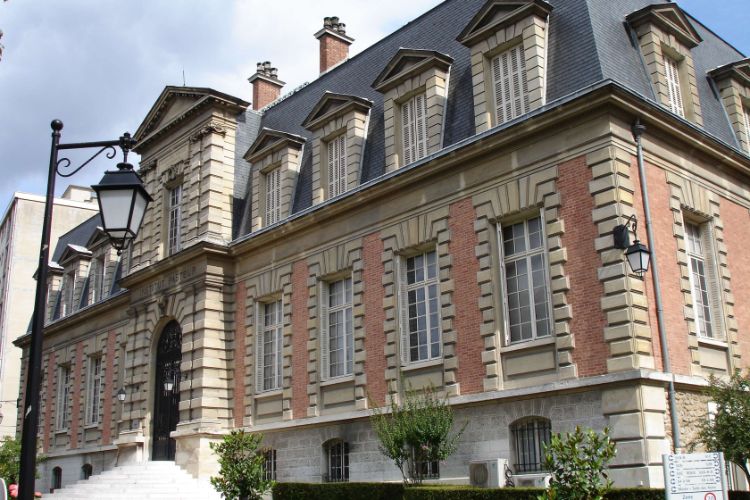
Pasteur Museum
ParisThe Musée Pasteur (Pasteur Museum) is a museum in Paris that is dedicated to Louis Pasteur (1822-1895), who was a French biologist, microbiologist and chemist renowned for his discoveries of the principles of vaccination, microbial fermentation and pasteurization. The museum is located in the Pasteu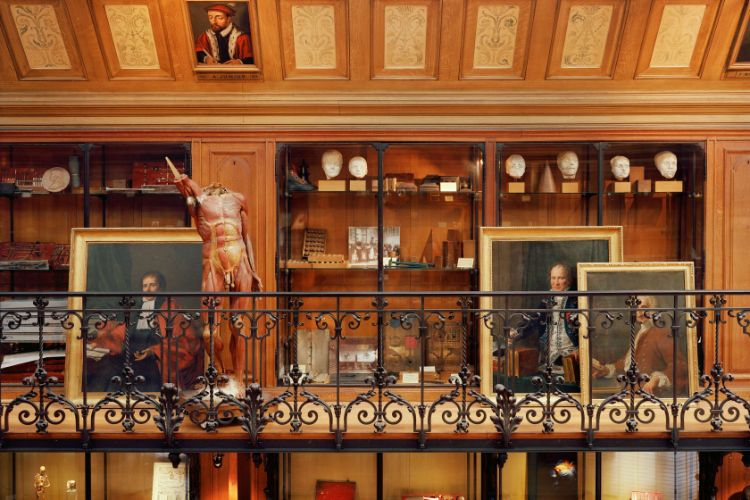
History of Medicine Museum
ParisThe History of Medicine Museum in Paris (Musée d’histoire de la médecine) is a museum in Paris occupies the second floor of the Paris Descartes University. Its collections, the oldest in Europe, were brought together by professor Dean Lafaye in the 18th century, and an important collection was later
Paris Observatory
ParisThe Paris Observatory (Observatoire de Paris or Observatoire de Paris-Meudon) is the most important observatory in France and one of the largest astronomy centers in the world. The historic main building is sitauted on the left bank of the Seine in the center of Paris. The observatory was establishe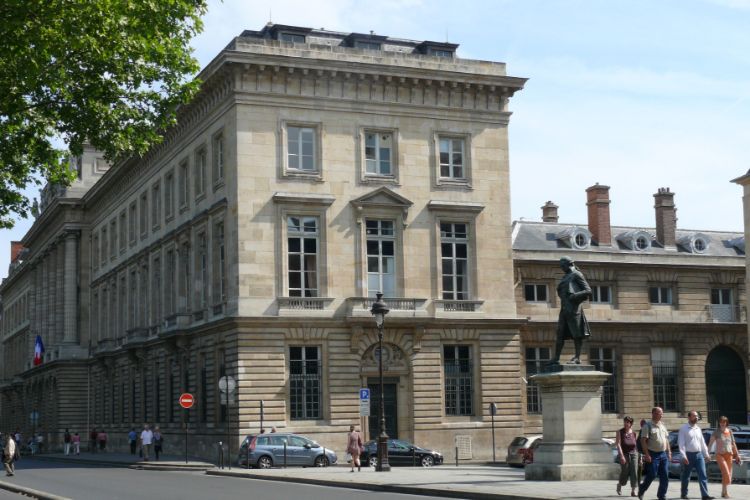
Monnaie de Paris
ParisThe Monnaie de Paris is the national French mint. The actual production of the coins does however not take place here, but takes places in Pessac, where since 1998 the Euro is also coined. In addition to the head office, the Hôtel de la Monnaie also houses an extensive numismatic collection, the Mus
Pavillon de l'Eau
ParisThe Pavillon de l'eau is a museum in paris that is devoted to water with a permanent exhibition about the water supply of Paris and its history from Roman aqueducts to the present. Paris has experienced four periods of production and distribution of water: The Roman age, the Middle Ages, the Modern- 16
Perfume museum Paris Fragonard
ParisThe Perfume museum Paris Fragonard is a museum in Paris that is dedicated to perfume and shows the manufacturing process from raw materials to harvesting, extraction, distillation, formulation, industrialization and bottling together with the creative process and work of the master “noses”. Furtherm - 17
Fondation Jerome Seydoux-Pathe
Paris - 18
Phono Museum
ParisThe phonograph is the first consumer product to have entered homes before radio and electricity. Today, the music industry is ubiquitous in our lives through television, radio, download sites, records and music broadcasting in most public places. In Paris, the Phono Museum illustrates the different - 19
Musée des Minéraux de l'Université
ParisThe Musée des Minéraux de l'Université in Paris holds and exhibits the university's mineral collection that contains approximately 16,500 specimens. Of the around 4,200 known mineral species, the collection includes around 1,500. The 24 showcases in the museum are arranged according to the family an - 20
Théâtre-Musée des Capucines
ParisThe Théâtre-Musée des Capucines (Théâtre musée des Capucines-Fragonard) is a museum in Paris that is dedicated to perfume. The museum was created in 1993 by the Fragonard perfume company in a former theater called the Théâtre des Capucines that dates back to 1889. It exhibits 19th-century copper dis